Guldaudi Plant/Chrysanthemum
150 in stock
Chrysanthemum, popularly known as the queen of winter, is an ornamental flowering plant. About 30 species are found in it. The leaves of chrysanthemum (chrysanthemum in hindi) are thin, cut like cotton or bitter gourd leaves and are of different sizes. There are two types of chrysanthemum flowers, small and big.
₹160.00 ₹260.00
Chrysanthemum is also called the queen of winter. It is also commonly called ‘Glory of the East’ or ‘Mum’ for short in America. Its origin is probably believed to be in China. It is widely grown in the garden and is one of the five commercially cultivated flowers in India.
It is mainly used for making garlands, for open flowers, for putting in veni, for decorating in bouquets and for exhibition and in garden decoration. In Japan it is still considered a symbol of the monarchy.
Chrysanthemum is generally a plant of short day duration. Day duration if more than 14.5 hoursIf this occurs, the flower will not bloom and bud development will stop if the length of the day exceeds 13.5 hours, with the exception of some early varieties. The vegetative growth of the plant requires a longer day. It is widely cultivated in Tamil Nadu, Karnataka, Maharashtra, Andhra Pradesh, Rajasthan, Bihar, Bengal and Madhya Pradesh. The scientific name of Chrysanthemum is Dendranthema grandriflora and it is a plant of Asteraceae family. China is believed to be its place of origin.
classification
1. On the basis of growth
(a) Annual chrysanthemum: It has three species – Chrysanthemum carinatum (in-colour-chrysanthemum), Chrysanthemum coronerium (crown daisy or Mala chrysanthemum) and Chrysanthemum sejetim (corn marigold). Its plants are tall and single flowering.
(b) Multiennial chrysanthemum: It also has three species which are Chrysanthimum maximum, Chrysanthimum frutiscens and Chrysanthemum merifolium. It has very attractive monoecious, almost double and double flowers bloom in different colors and sizes.
2. On the basis of flower size: On the basis of flower size, the species of chrysanthemum are divided into two groups, namely – large flower and small flower chrysanthemum. Large-flowered chrysanthemums are further subdivided into the following classes: inverted (mace-shaped), reflexed (petals facing down), intermediate (outer petals curled up and down, while inner petals folded) , Irregular (outer petals curled and zigzag), Quilled (outer petals tube-shaped), Spoon (outer edge of outer petals like a spoon), Baller Rayonte (almost like a perfect marigold), Anemone (a of the petal containing the tube-shaped middle disc).
Similarly, other small size flowers are divided into other groups as follows – Anemone, Button, Corian (Single and Double) Decorative, Pampon, Quilled, Semi-quilled and Stellate.
varieties
(1) Large flowering varieties: Kasturba Gandhi (white), Chandra (yellow), Mahatma Gandhi (purple), Mira, Tamra and Arun (red).
(2) Small flowering varieties: Sharad Mukta, Sharad Tanaka, Sharad Mala (white), Sharad Bahar, Sharad Prabha (purple), Rakhi, Arun Shringar, Suhag Shringar (red).
N. B. Some of the new varieties developed by RI, Lucknow can be planted in different seasons as listed below. There is no special cost to install:
varieties
setting time
bloom time
flame, flame
January
Heat
rain, cloud
February
Rainy Season
Sharda, Sharad Shobha
March
Sept-October
Sharadmala, Sharadkanti
July
October-November
all other varieties
July
November-December
Vasantika, Jaya
August
December-January
Shalini, Cascade
August
February-March
Recently released varieties: Shanti, Sadbhavna, Y.2-K, Kargil 99 etc.
Varieties without pinching and stems: Akita, Kovan.
Propagation:
It is propagated by both seed and vegetative methods. Propagation by seed is mainly done by the scientists in order to develop new varieties. Propagation from seed also occurs in annual chrysanthemums. Plants obtained by vegetative propagation are easily established and are strong and upright. Vegetative propagation is mainly by root-developed stems, cuttings of stems and micro-propagation. About a month after flowering ends, there is a lot of growth of root-grown stems. Root-developed stems, which are about 10-15 cm long. If tall, they are planted in pots or beds in the month of February-March. The cuttings of the stems are taken from the mother plant in the month of June. About 4-6 cm. long and 3-5 mm Diameter cuttings should be treated with fungicide Wevistin or Captan 2 g/L. Treat it by dissolving it in water and plant it in the beds. For early and good rooting, cuttings should be done with Ceredix B-1 or 2000 p.p.m., IBA. Dip it in and take it out immediately. In this way, the plants are ready by cutting in about 1 month. Tissue propagation methods are used in many countries to produce commercially and virus-free cuttings.
Planting: To get more flowers, the root developed stems are kept 30 X 30 cm apart. Planted in beds of different sizes at a distance of Planting time depends on a particular region, which is from March to August. When the plants are planted in pots, the pots are changed thrice.
10 cm for the first time Takes a pot. The best time to plant is February-March. One part sand, one part soil and one part leaf manure or rotted manure are added in the form of a mixture.
The second time the flowerpot is changed in the last week of April. For this 15 cm. Need a pot For mixing, one part soil, one part sand and two parts leaf manure, one part bone powder or single super phosphate and one fourth part wood ash are added.
The work of changing the pot for the third and last time should be done in the month of August and September. For this 30 cm. Take a pot. In this, one part sand, two parts soil, two parts leaf manure, two parts rotten manure of cow dung, two spoons of bone powder or single super phosphate and one-fourth part of wood ash are filled in the pot.
Fertilizer: For good yield, 40 grams of nitrogen, 20 grams of potash and 20 grams of phosphorus are applied per square meter. Half dose of Nitrogen and full amount of Phosphorus and Potash should be applied at the time of planting and the remaining half dose of Nitrogen should be applied one month after planting.
Growth Regulator: There are three methods of controlling plant growth:
(1) physical methods
(2) Chemical methods
(3) Culture methods
(1) Physical methods: The following are the methods under physical methods:
(a) Bud Breaking: This is a method of removing more buds by plucking them. In this, by reducing the number of flowers, its quality is increased. But in Korean, pompon and ekhari, the buds are not broken.
(b) Pinching: In this, the top part of the stem is broken. Its purpose is to develop maximum branches, prevent the length of the plant and achieve late flowering.
(c) Branching: In this, unnecessary branches are removed. Its purpose is to develop branches, prevent the length of the plant and achieve late flowering.
(d) Sticking: To tie the plants upright with the help of bamboo or any other wood or rod is called staking. Its purpose is to make the plants grow in the right direction.
(2) Chemical methods: Plant growth is also controlled by chemicals, such as b-nine, phosphon, and cycocel. Imgard 2077 has also been used successfully for pinching.
(3) Culture methods: To increase the length of the plant, retain the moisture in the soil and plant it in large pots. By artificially controlling the day, duration and temperature of the plants, flowers can be obtained at the appropriate time.
insects and diseases
For the prevention of aphid (Mahu) in winter, 2 ml in one liter of water. Spraying should be done by making a solution at the rate of Malathion medicine. For diseases like Powdery Mildew and Uktha, Kerenthan medicine 3 ml. Dissolve in per liter of water and sprinkle 3 g/L of Dithane-M45 to prevent leaves with black spots. Spraying should be done from time to time by making a solution in water.
Dungeons and bugs cause a lot of damage during the rainy season. For its prevention, Falidol or Endosulfan drug 2 ml/l. It should be mixed with water and sprayed.
Disease resistant varieties like Barnhalm, White harrico etc. can also be planted.
Based on 0 reviews
Be the first to review “Guldaudi Plant/Chrysanthemum”
You must be logged in to post a review.













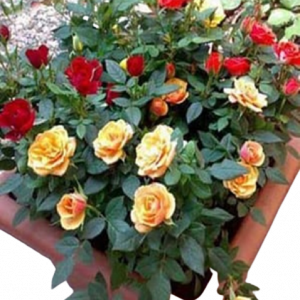
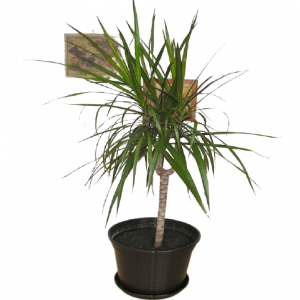
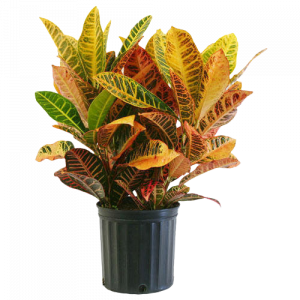
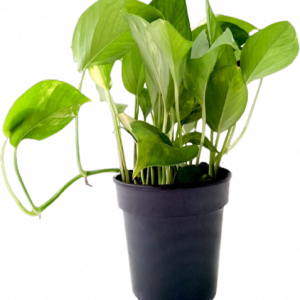
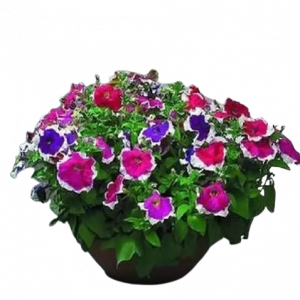


There are no reviews yet.